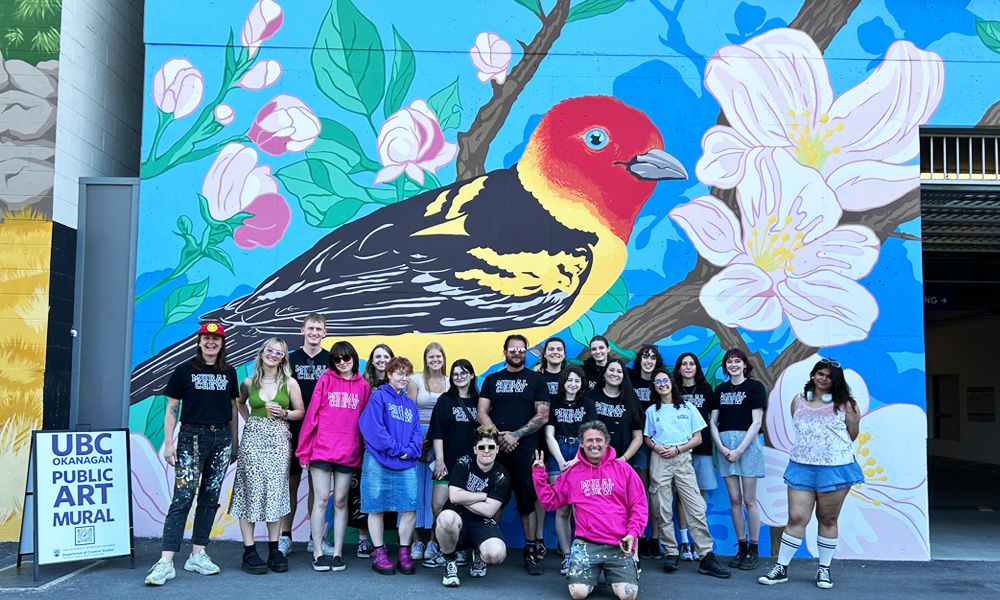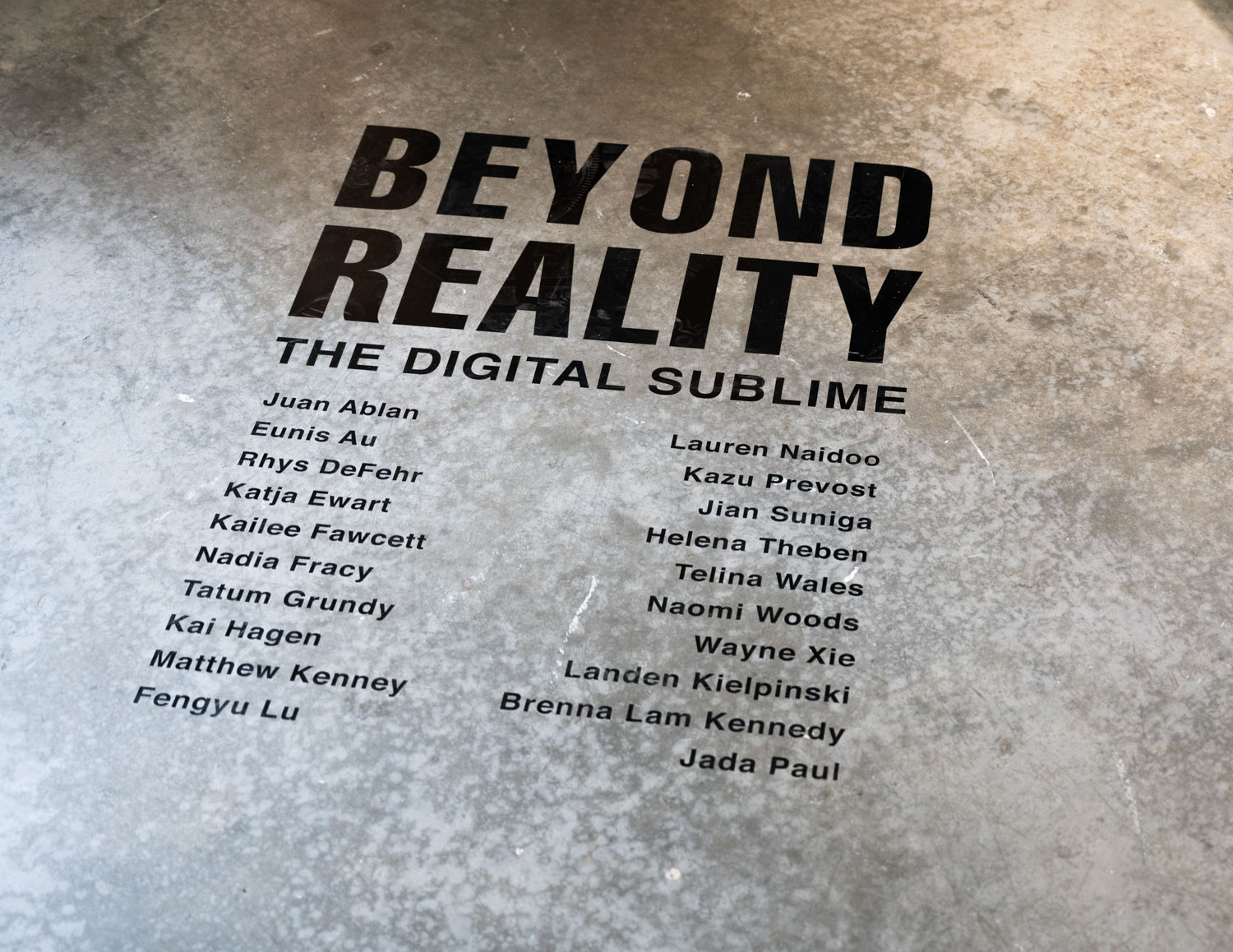Prelude – FCCS Faculty and Staff Exhibition
Prelude Annual FCCS Faculty and Staff Exhibition An annual exhibition and speaker series featuring the artwork of selected faculty and staff in FCCS. All of our visual art and media studies instructors are practising artists, as are many of our staff. This is an opportunity to showcase their work and offer opportunities for our students to learn more about our faculty...

 Follow
Follow







